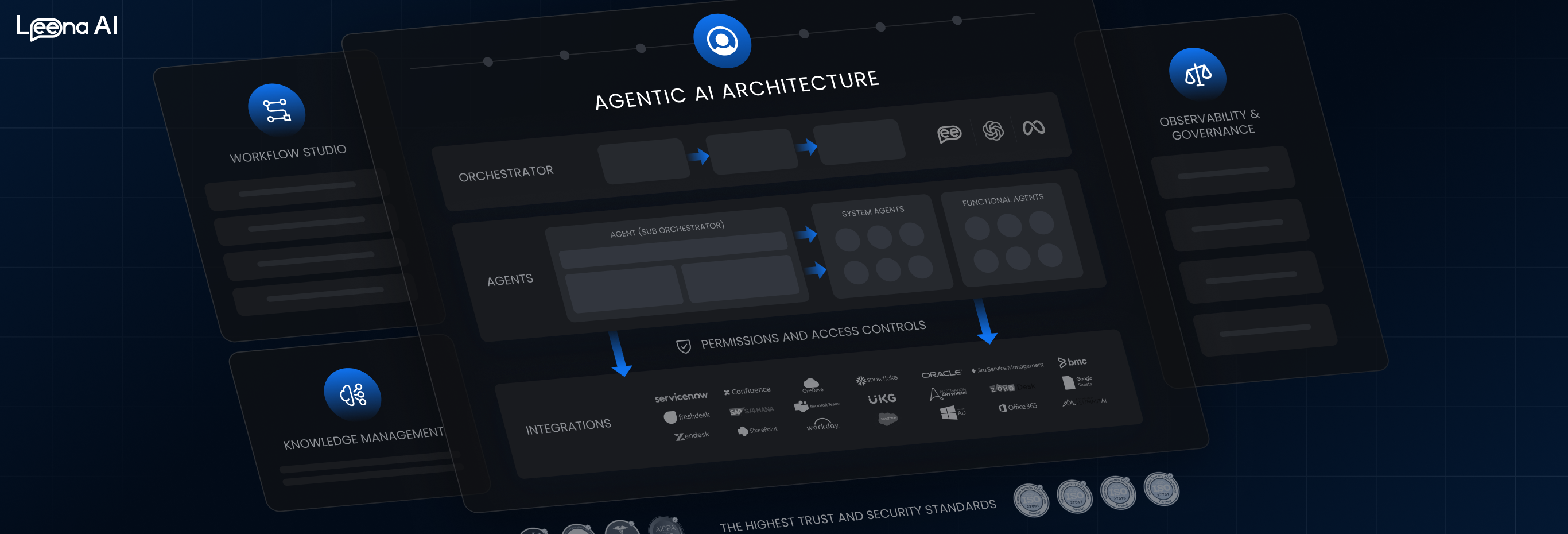The Future of RemoteWork and How Collaboration Is Evolving
(The Future of Remote Work)
Many companies had to pivot to remote work quickly. As a result, they chose familiar and often free video conferencing and collaboration tools. While this approach works for temporary situations, employers must develop a plan for the future.

Your approach will differ according to your remote work goals. Businesses may be entirely remote, offer virtual job positions, or create a hybrid solution. In each case, there’s a risk of siloed teams and digital exhaustion. Therefore, it’s essential to come up with a strategy that works for everyone.
Explore the future of remote work and how technologies fuel collaboration between on-site and virtual teams.
The New Hybrid Workforce
In May 2020, both Twitter and Coinbase announced that employees would have the option to work remotely or come into an office. Likewise, Spotify and Salesforce gave staff various options, such as fully remote, office-based, or a flex option, where employees can work in the office up to three days a week.
In contrast, the CEO of Goldman Saches, David Solomon, called remote work an “aberration,” a view seemingly shared by Reed Hastings, co-chief executive at Netflix, who said remote work is “a pure negative.”
Yet, Accenture’s 2021 Future of Work reports that 83% of employees believe a hybrid model is optimal. A similar study by Growmotely shows that 61% of entrepreneurs and professionals prefer a fully remote environment.
Lastly, McKinsey & Company says, “more than 20% of the workforce could work remotely three to five days a week as effectively as they could if working from an office.” An additional “17% of the workforce could work remotely partially, between one and three days per week.”
Overcoming Remote Work Barriers
To meet the challenges of remote and hybrid work, 68% of CEOs “anticipate significant investment in data and technology over the next year,” according to Ernst & Young Global Limited (EY).
For successful collaboration, companies must address the following concerns:
Building and maintaining trust between workers, supervisors, and leaders
Monitoring tasks and projects and ensuring timely follow-up
Creating and sustaining company culture while staff works in different time zones
Reducing technology issues and providing an inclusive environment
Adopting workflows to increase collaboration and avoid silos between departments
Leaders must prioritize workplace innovation by finding ways to replicate the spontaneous idea-sharing and cross-team collaboration found in office environments. To this end, a technology strategy is crucial.
Technology for Employees
According to Microsoft, over 40% of the global workforce is thinking about leaving their employer this year. Moreover, they want companies to address challenges to remote collaboration.
An Ipsos/EPOS study finds that 89% of workers “experience challenges when having virtual meetings or workshops.” In addition, 63% report poor sound quality during business conversations. Some of these issues may arise because only “65% of Americans reported having fast enough internet capacity to support workable video calls.”
Microsoft notes that “42% of employees say they lack essential office supplies at home, and one in 10 don’t have an adequate internet connection to do their job.”
Unfortunately, over 46% of respondents say their employer doesn’t provide a stipend for remote work expenses.
Regardless of where your team works, their success depends on having access to high-speed internet, cloud-based software, and the right tools.
Relying on Video Conferencing
Equipping home offices and on-premise workspaces with video technology is a key way to improve collaboration. The Ipsos/EPOS study says, “79% of end-users recognize the benefits of video for virtual meetings, an increase of 7% from 2020.”
Indeed, many executives agree. “21% of decision-makers say that video meetings help them feel closer to their team, and 17% believe it establishes trust in working relationships.” Combining video tools with cloud software and storage allows teams to collaborate in real-time and easily share files.
However, to ensure collaboration, employers must address work-from-home issues while remodeling offices for the future of work.
Rethinking On-Site Technology
Outdated conference rooms with people huddled around a speakerphone won’t support future workforces. According to Microsoft, “66% of business decision-makers are considering redesigning physical spaces to better accommodate hybrid work environments.”
Instead, business owners should transform meeting spaces by adding:
360-degree cameras
Microphones
Intelligent speakers
Touchscreens
Larger meeting room displays
Consequently, selecting the best team collaboration tool is also essential. For example, Microsoft Teams continues to improve Teams meetings and Microsoft Teams Rooms. New video layouts and interactive elements, such as live reactions and chat bubbles, connect employees on-site and worldwide.
Building Automation Into Workflows
Artificial intelligence (AI) and machine learning (ML) play a significant role in the future of remote work. A great example is Microsoft’s voice recognition technology in Teams. It generates transcriptions and attributes remarks to the speaker, making it easier to focus during the meeting instead of taking notes.
Many Voice over Internet Protocol (VoIP) business phone systems also deploy AI and advanced technologies for call recording and transcription, visual voicemail, and automated call routing.
Integrations with scheduling platforms, calendars, and customer relationship management (CRM) platforms further connect employees while ensuring seamless data transfer. In short, AI-driven collaboration can enhance operational workflows and eliminate time-consuming and error-prone data entry tasks.
Meeting Security Challenges
A recent article from The Wall Street Journal says, “the hybrid workplace is a cybersecurity nightmare.” While adding endpoints certainly creates a new level of complexity, companies deepen their partner relationships to meet this challenge.
Partnering with cybersecurity experts enables businesses to move forward with remote or hybrid strategies without compromising security or hiring dozens of IT employees. Endpoint detection and response (EDR) platforms use AI-driven tools to provide real-time visibility while automated backup services keep your data secure.
Business owners can leverage relationships with cloud and internet providers to improve the quality of service, ensure employee access, and enhance data security.
Collaboration and the Future of Work
Undoubtedly, people need to connect online or offline to collaborate and communicate. Moreover, they crave a human connection. Ultimately, worker engagement, productivity, and retention stem from policies designed for successful hybrid or remote working arrangements.
Join The GBI Impact Community
Sign up to make an impact and hear about our upcoming events
By registering anywhere on the site, you agree with our terms and privacy policy



